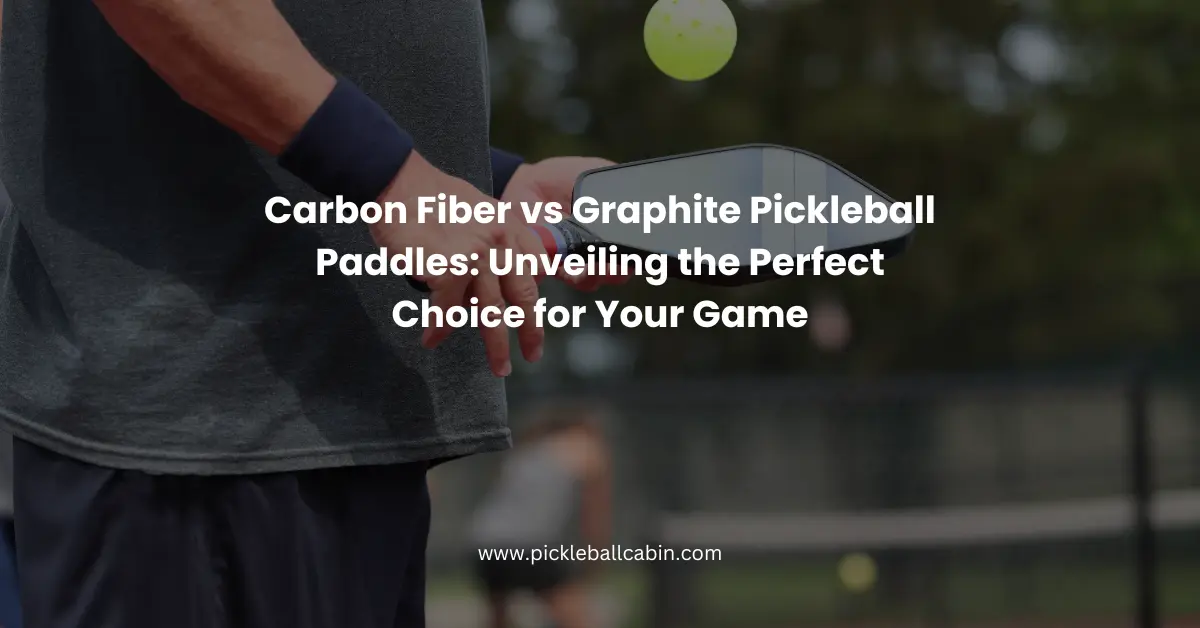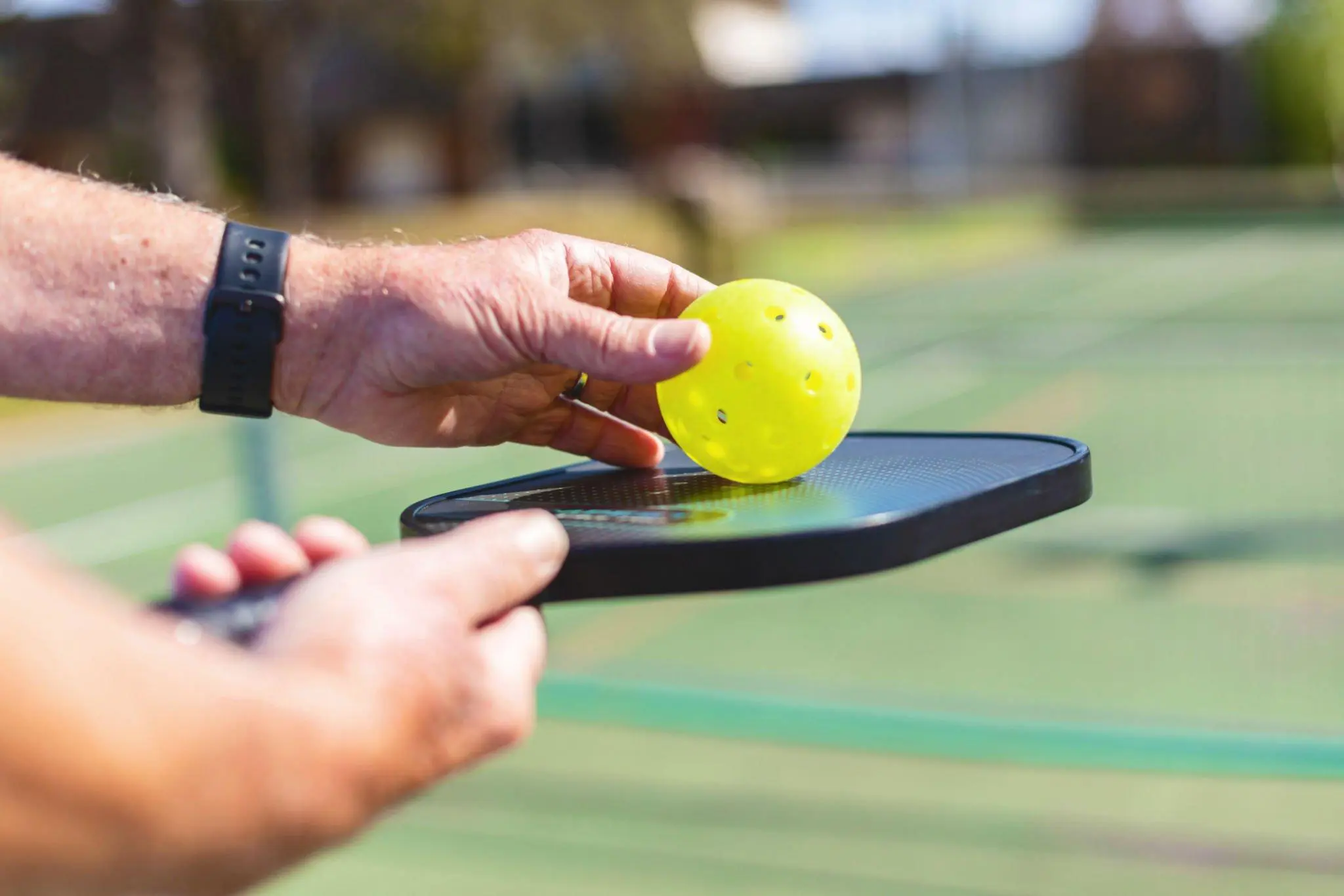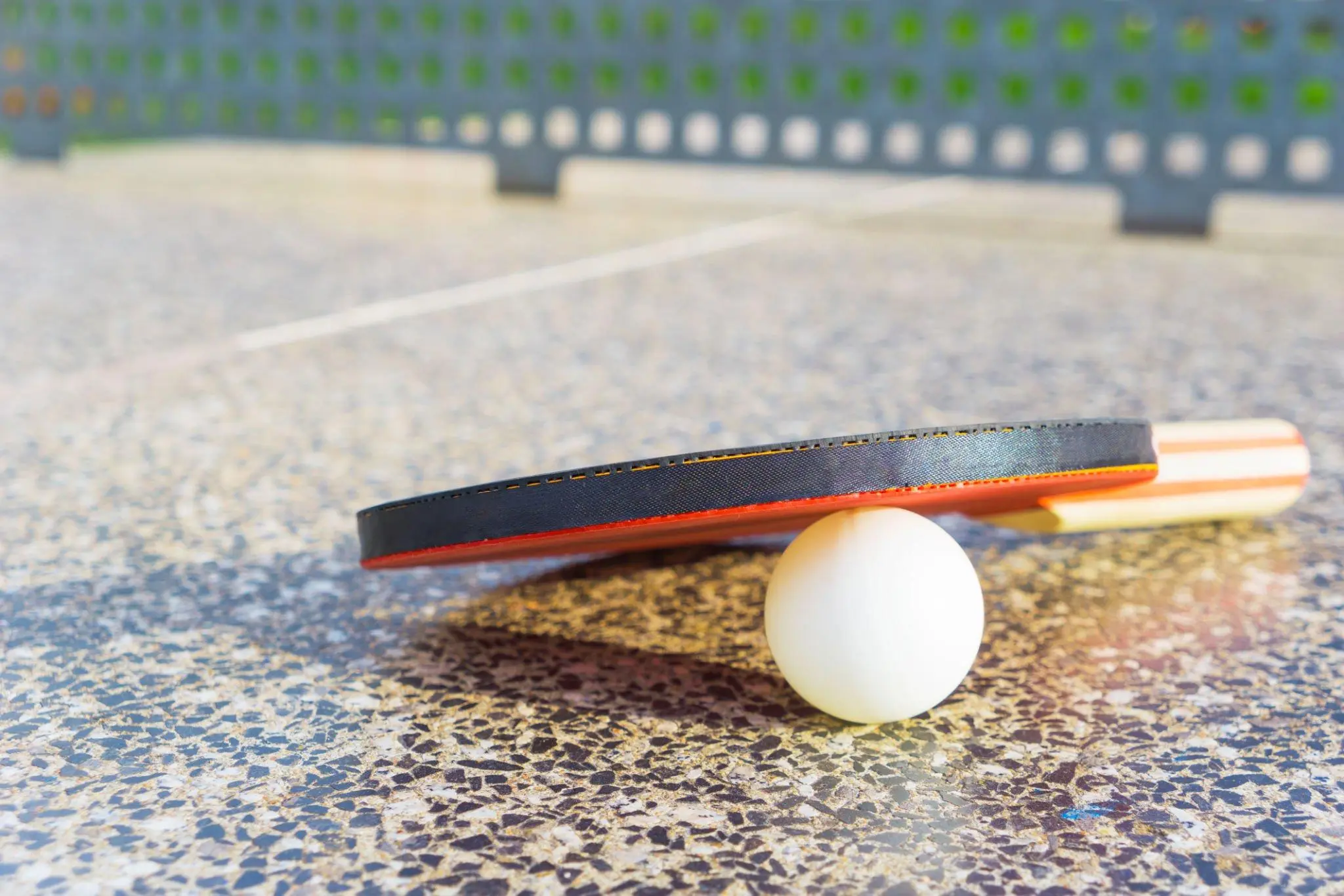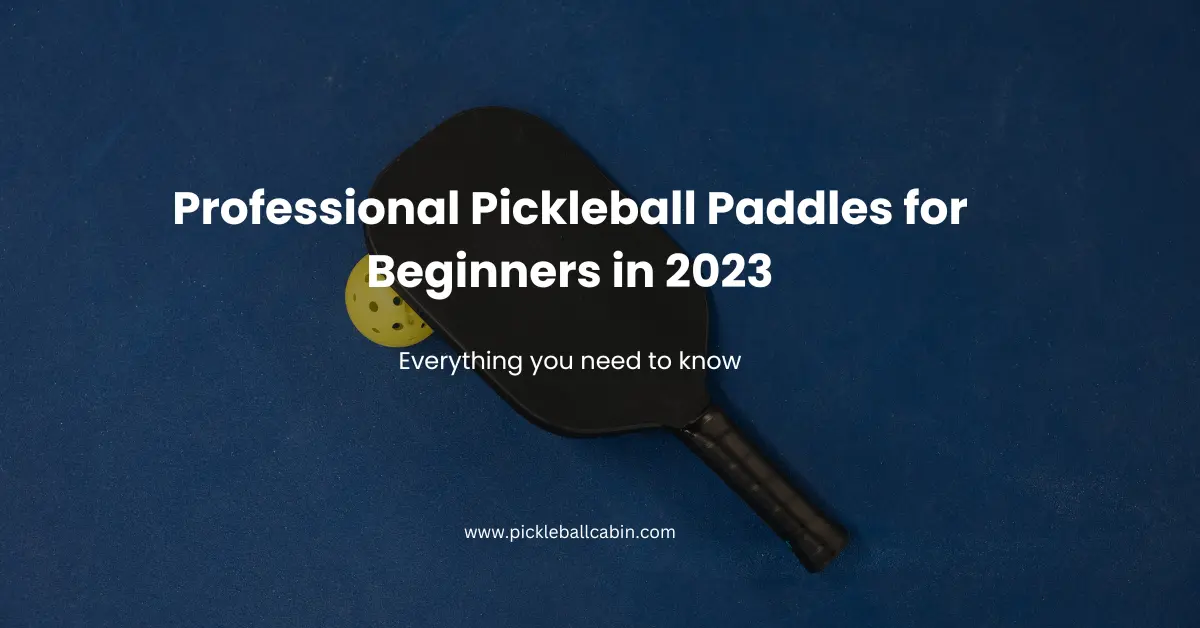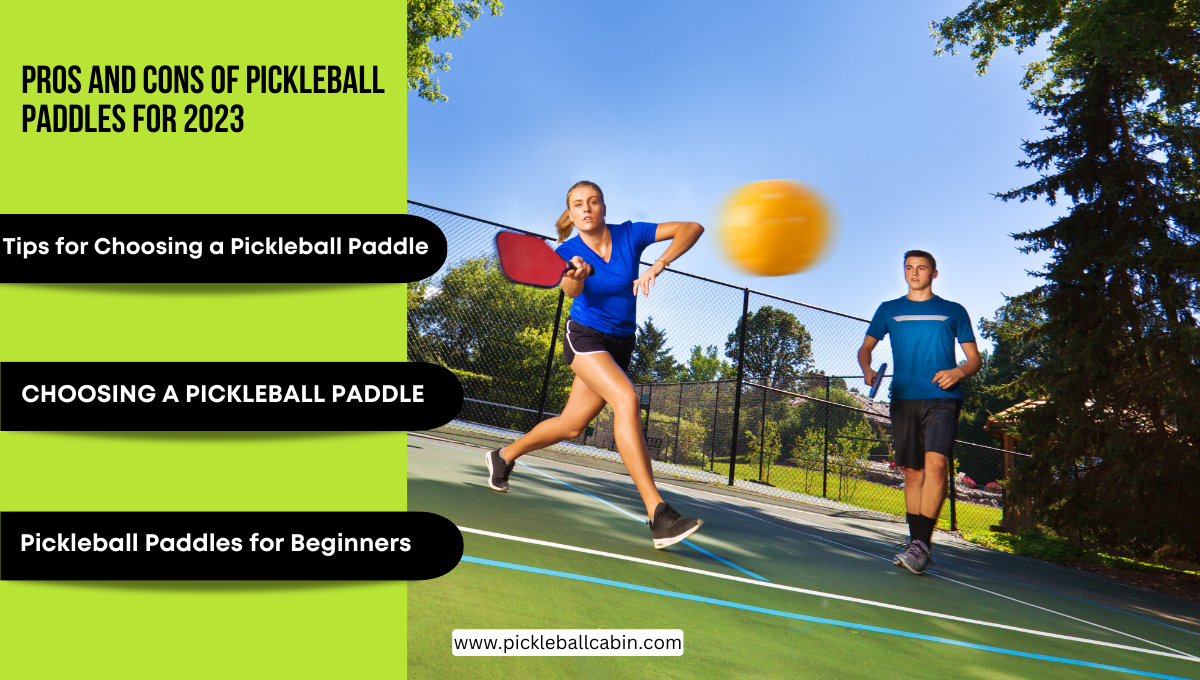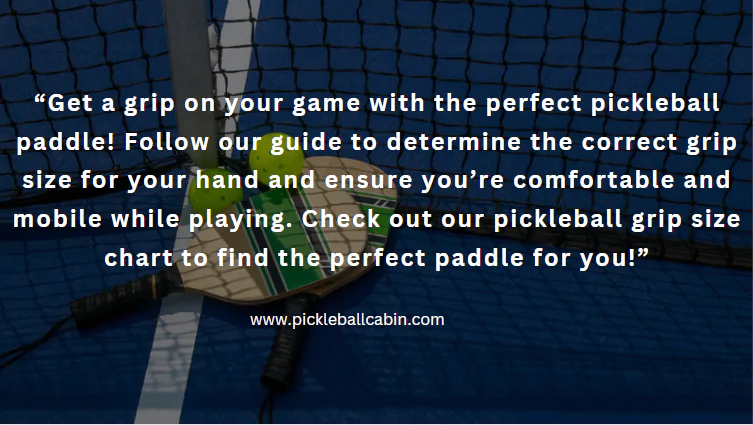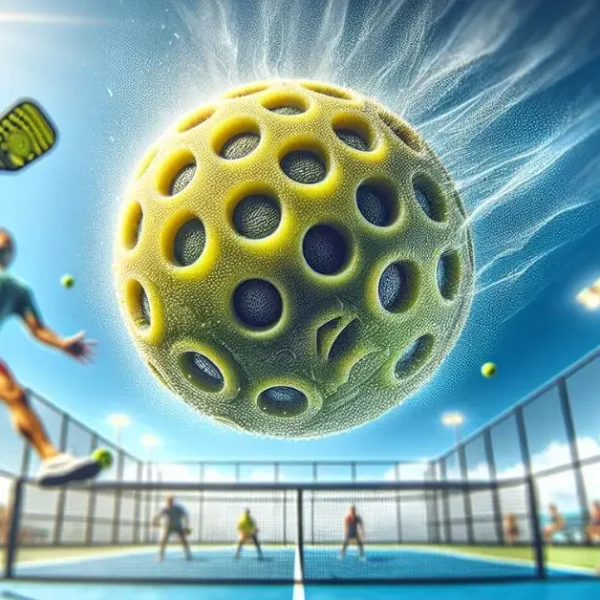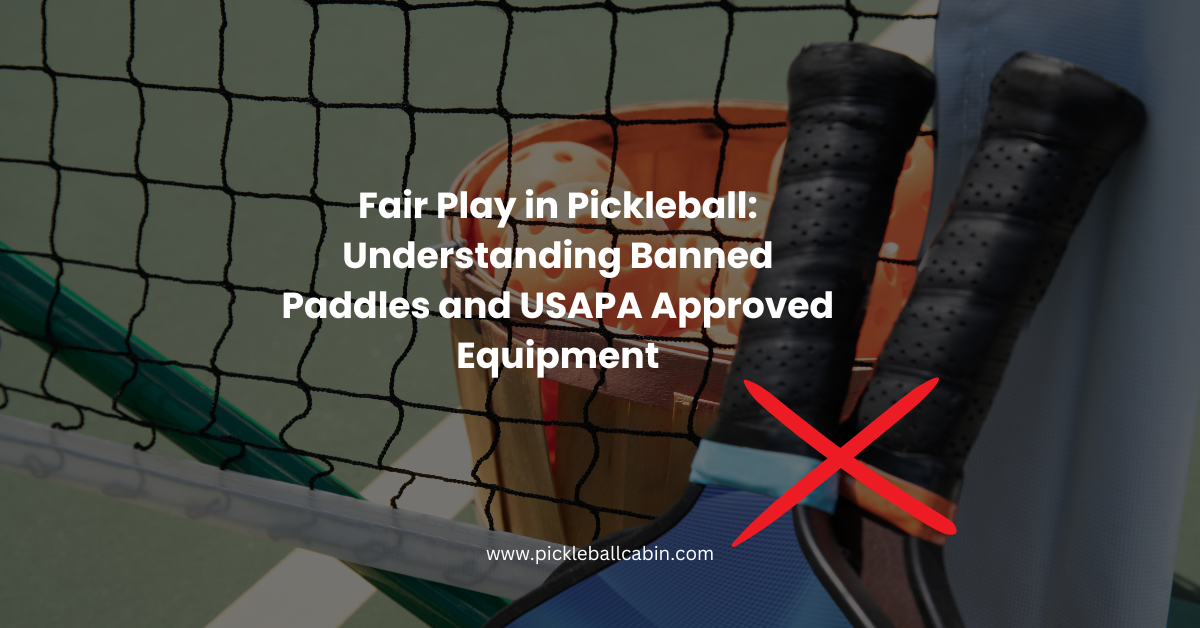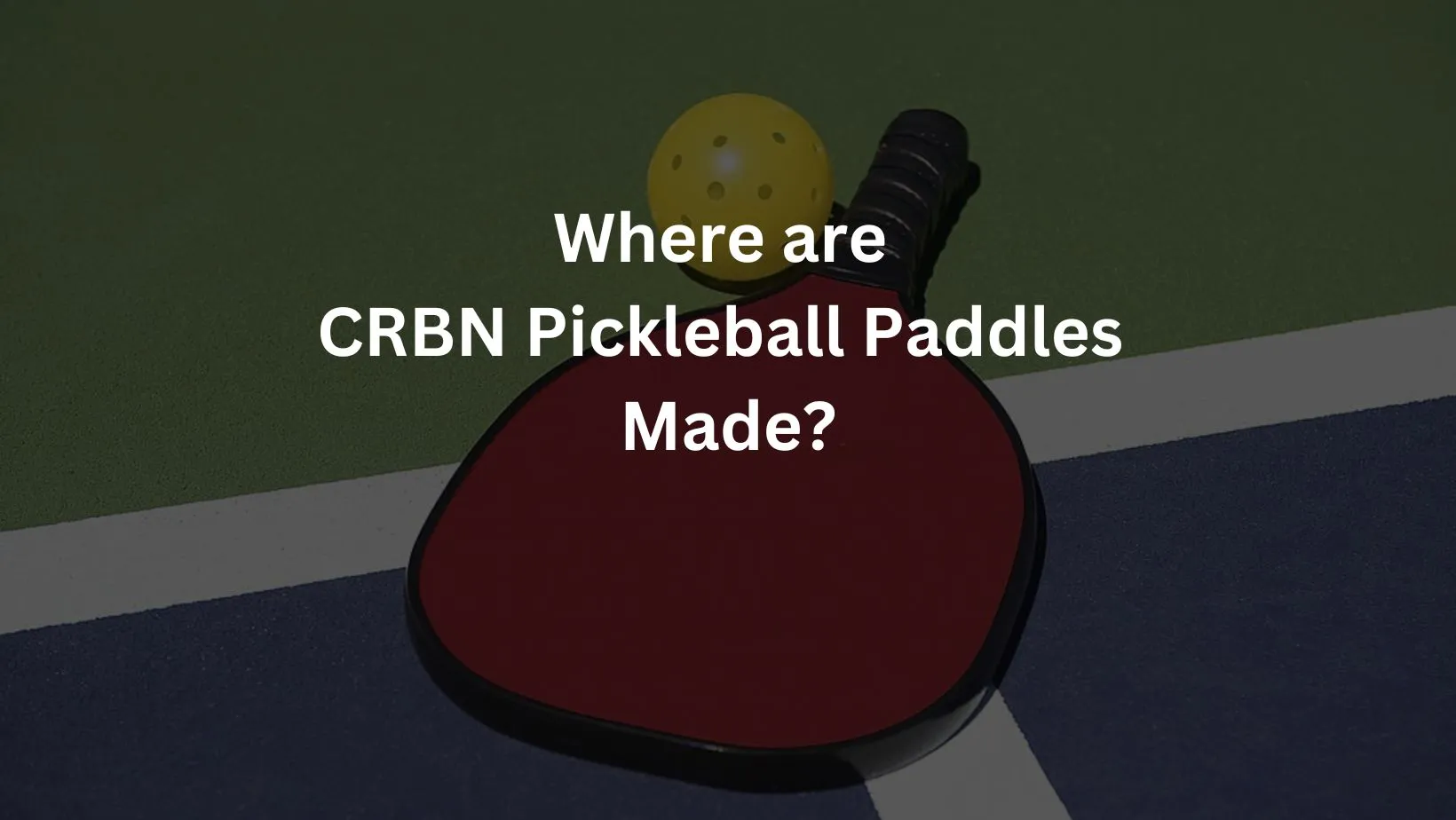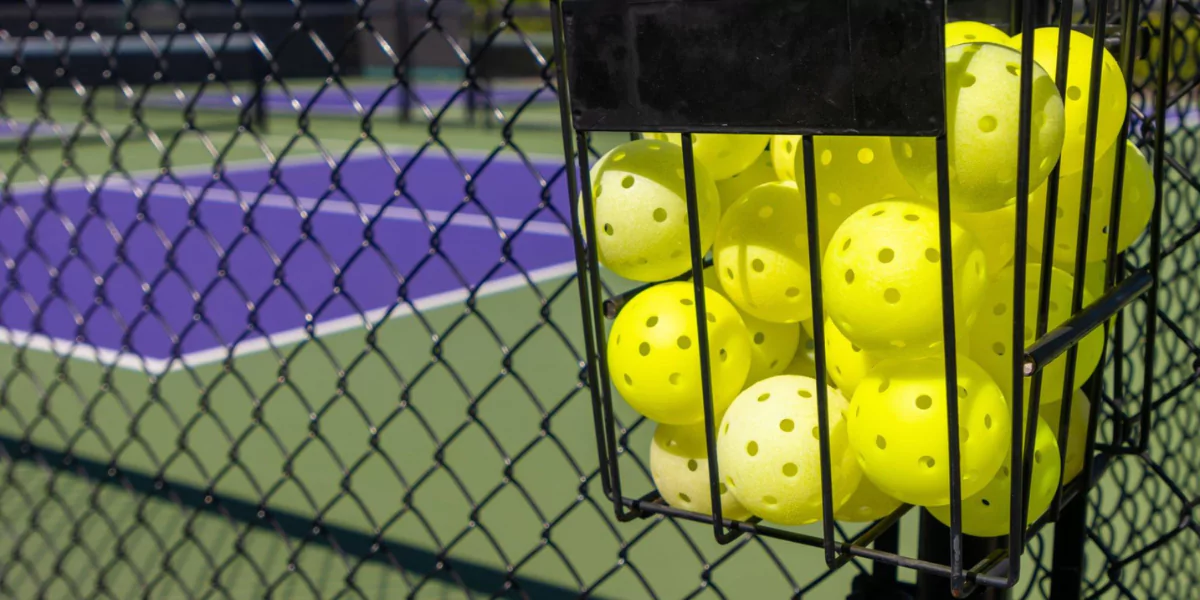Are you confused between carbon fiber and graphite pickleball paddles? Make a smart choice, and your game will reach new heights. Find out about the different pros and cons of each material and find the right paddle for your playing style. Whether you want power or finesse, this piece will help you decide between carbon fiber and graphite, which will help you play better pickleball.
When it comes to choosing the right pickleball paddle, players often find themselves torn between carbon fiber and graphite options. Both materials offer distinct advantages and characteristics that can enhance your game. In this article, we will explore the differences between carbon fiber and graphite pickleball paddles, helping you make an informed decision.
Understanding Carbon Fiber Paddles
Carbon fiber paddles have gained popularity in the pickleball community due to their exceptional strength and lightweight construction. These paddles are made by layering thin strands of carbon fiber sheets and binding them with a strong resin. The resulting material offers remarkable stiffness, durability, and power.
Advantages of Carbon Fiber Paddles
- Superior Strength: Carbon fiber paddles are incredibly strong, allowing players to generate powerful shots without worrying about paddle integrity. The strength of carbon fiber ensures that the paddle can withstand the impact of hard-hitting shots, providing players with confidence and reliability.
- Lightweight: Carbon fiber paddles are significantly lighter than most other paddle materials, reducing strain on the player’s wrist and arm during long matches. The lightweight nature of carbon fiber allows for quicker reaction times and greater maneuverability, enabling players to swiftly respond to fast-paced shots.
- Increased Control: The stiffness of carbon fiber paddles provides excellent control, allowing players to precisely direct their shots. With enhanced control, players can consistently place the ball where they intend to, making it easier to execute strategies and outmaneuver opponents.
- Durability: Carbon fiber paddles are highly resistant to dings, scratches, and general wear and tear, ensuring a longer lifespan compared to other materials. This durability makes carbon fiber paddles a worthwhile investment, as they can withstand intensive gameplay and maintain their performance over time.
- Vibration Dampening: The properties of carbon fiber help absorb vibrations, reducing the impact on your hand and arm and offering a comfortable playing experience. This vibration dampening feature minimizes the risk of discomfort or injury caused by excessive vibrations, allowing players to focus on their game without distractions.
Considerations for Carbon Fiber Paddles
While carbon fiber paddles offer numerous advantages, it’s important to weigh some potential drawbacks before making a decision:
- Pricing: Carbon fiber paddles tend to be more expensive compared to other materials due to the manufacturing process and the cost of carbon fiber itself. However, the durability and performance benefits of carbon fiber may outweigh the initial investment for serious players looking for a long-lasting paddle.
- Less Forgiving: The stiffness of carbon fiber paddles means they have a smaller sweet spot, requiring more precise hits for optimal performance. Players who are still developing their hitting technique may find it challenging to consistently hit the sweet spot, resulting in less power or control. However, with practice and skill improvement, this drawback can be overcome.
- Power Transfer: Some players may find that carbon fiber paddles transfer more vibration to the hand, which may cause discomfort for those with sensitive hands or arms. It is important to consider personal comfort levels and potentially try out different grip materials or paddle designs to mitigate any discomfort.
Exploring Graphite Paddles
Graphite paddles have been a staple in pickleball for years, offering a versatile playing experience. These paddles are constructed by layering sheets of graphite and reinforcing them with a resin. Graphite paddles strike a balance between power, control, and affordability.
Advantages of Graphite Paddles
- Versatility: Graphite paddles are known for their versatility, making them suitable for players of all skill levels and play styles. Whether you prefer a power game or a finesse game, graphite paddles can adapt to your style and provide the necessary performance.
- Affordability: Compared to carbon fiber paddles, graphite paddles are generally more affordable, making them an attractive option for newcomers to the sport. If budget is a concern, graphite paddles offer a cost-effective solution without compromising on quality.
- Shock Absorption: Graphite paddles excel at absorbing shock and minimizing vibrations, reducing strain on your arm and allowing for longer, more comfortable play sessions. This shock absorption feature can help prevent fatigue and potential injuries caused by repetitive impacts.
- Wider Sweet Spot: Graphite paddles often have a larger sweet spot, providing a larger target area for hitting the ball. This larger sweet spot makes it easier for players to achieve consistent power and control, even if their shots are slightly off-center.
Considerations for Graphite Paddles
While graphite paddles offer numerous advantages, it’s important to consider some potential downsides:
- Slight Loss of Power: Graphite paddles may not deliver the same amount of power as carbon fiber paddles due to their softer construction. Advanced players who rely heavily on power shots may find that graphite paddles don’t provide the same level of force behind their hits. However, the difference in power may be negligible for recreational players or those who prioritize control and finesse.
- Less Durability: Compared to carbon fiber, graphite paddles may be more prone to chipping and scratching, requiring more frequent replacement or repair. Players who frequently play on rough surfaces or tend to be more aggressive with their shots should take this into consideration and be prepared for potential maintenance or replacement costs.
Key features of carbon fiber vs graphite Pickleball Paddles
Certainly! Here’s a table on the key features of carbon fiber and graphite pickleball paddles:
| Key Features | Carbon Fiber Paddles | Graphite Paddles |
|---|---|---|
| Strength | Excellent | Good |
| Weight | Lightweight | Lightweight |
| Control | Excellent | Good |
| Durability | Highly Durable | Moderate |
| Vibration Dampening | Yes | Yes |
| Price | Higher | Affordable |
Making the Right Choice
Choosing between carbon fiber and graphite paddles ultimately comes down to personal preference and playing style. Here are a few factors to consider:
- Power vs. Control: If you prioritize power and are confident in your ability to hit the sweet spot consistently, a carbon fiber paddle may be the right choice. The stiffness and strength of carbon fiber will allow you to generate powerful shots with precision. On the other hand, if control and versatility are more important to you, a graphite paddle may suit your needs better. The softer construction of graphite paddles provides a greater margin for error and allows for more finesse shots.
- Budget: Consider your budget when selecting a paddle. Carbon fiber paddles tend to be more expensive, while graphite paddles offer affordability without compromising performance. If you’re just starting out or on a tight budget, a graphite paddle can be a cost-effective option that still delivers reliable performance.
- Player Experience: Beginners or less experienced players may find graphite paddles more forgiving due to their wider sweet spot, while advanced players may appreciate the precision and power of carbon fiber paddles. Consider your skill level and how comfortable you are with hitting techniques to determine which paddle material will complement your playing style and help you improve.
In conclusion, both carbon fiber and graphite paddles offer unique advantages and considerations. Take the time to evaluate your playing style, preferences, and budget to determine which paddle material will best suit your needs. Remember, the right paddle can greatly enhance your pickleball experience and take your game to new heights.
FAQs
- What are the advantages of carbon fiber paddles?
- Superior strength, providing confidence and reliability
- Lightweight construction for quicker reaction times and greater maneuverability
- Increased control for precise shot placement
- Durability for longer lifespan and resistance to wear and tear
- Vibration dampening for a comfortable playing experience
- What are the considerations for carbon fiber paddles?
- Higher pricing compared to other materials
- Smaller sweet spot, requiring more precise hits for optimal performance
- Potential discomfort from increased vibration transfer
- What are the advantages of graphite paddles?
- Versatility for players of all skill levels and play styles
- Affordability without compromising quality
- Shock absorption for reduced strain and longer play sessions
- Wider sweet spot for consistent power and control
- What are the considerations for graphite paddles?
- Slight loss of power compared to carbon fiber paddles
- Less durability, more prone to chipping and scratching
